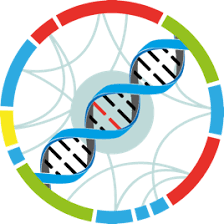Study : Approaches to variant discovery for conifer transcriptome sequencing
Identification
Name
Approaches to variant discovery for conifer transcriptome sequencing
Identifier
dXJuOkVWQS9zdHVkeS9QUkpOQTQ4MjE0NQ==
Description
<